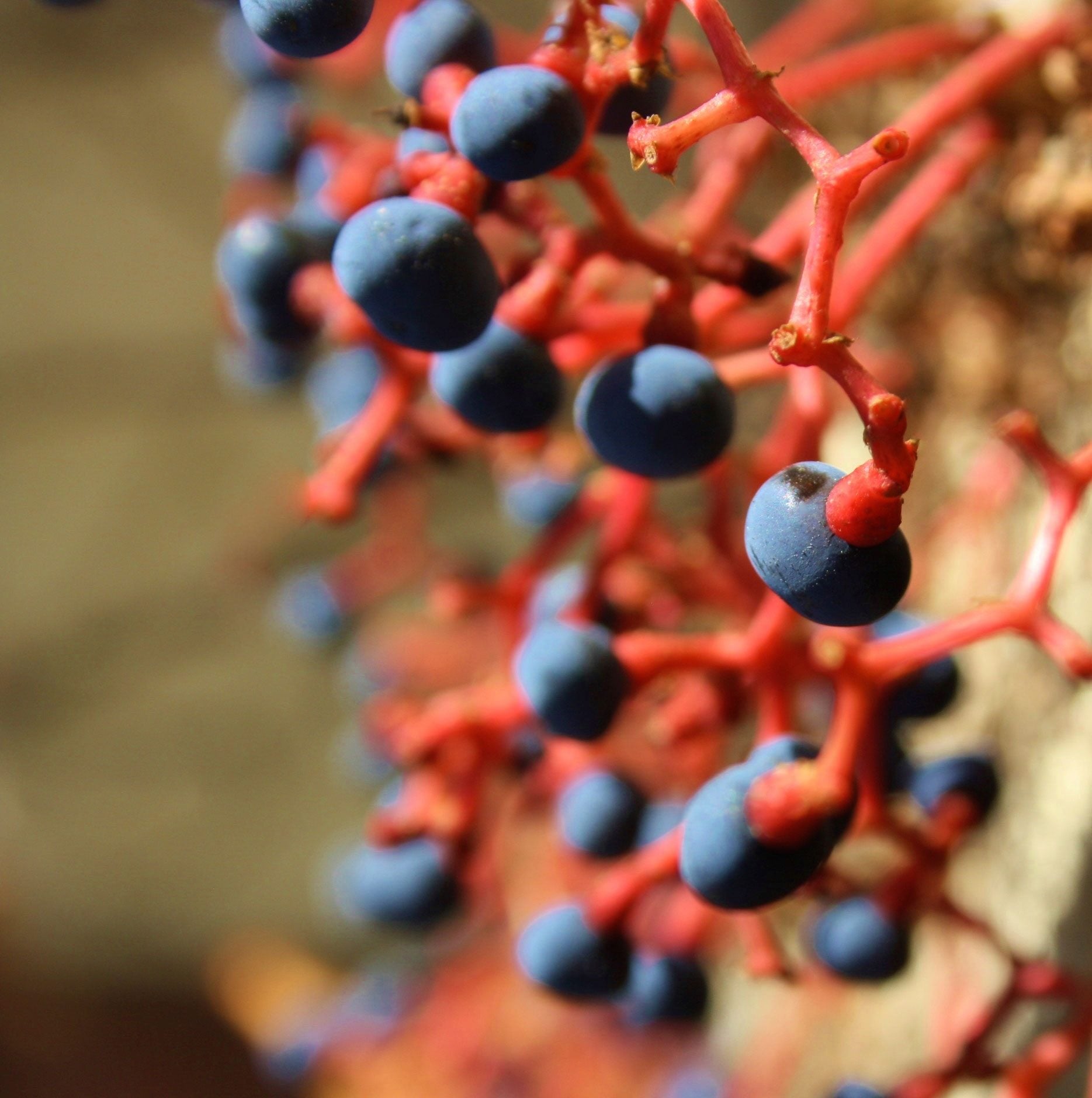Boston Ivy Seed Propagation: How To Grow Boston Ivy From Seed


Boston ivy is a woody, fast-growing vine that grows up trees, walls, rocks, and fences. With nothing upright to climb, the vine scrambles over the ground and is often seen growing along roadsides. Mature Boston ivy displays beautiful, early summer blooms, followed by Boston ivy berries in autumn. Planting Boston ivy seeds you harvest from the berries is a fun way to start a new plant. Read on to learn more.
Harvesting Seeds from Boston Ivy
Pick Boston ivy berries when they are ripe, squishy, and ready to drop naturally from the plant. Some people have good luck planting the fresh seeds directly in cultivated soil in autumn. If you would rather save the seeds and plant them in spring, the following steps will tell you how: Place the berries in a sieve and push the pulp through the sieve. Take your time and press gently so you don't crush the seeds. Rinse the seeds while they are still in the sieve, then transfer them to a bowl of warm water for 24 hours to soften the hard outer coatings. Spread the seeds on a paper towel and allow them to dry until they are completely dry and no longer clump together. Place a handful of moist sand in a plastic bag and tuck the seeds into the sand. Chill the seeds in your refrigerator's vegetable drawer for two months, which replicates the plant's natural cycle. Check occasionally and add a few drops of water if the sand begins to feel dry.
How to Grow Boston Ivy from Seed
Boston ivy seed propagation is easy. To plant Boston ivy seeds, begin by cultivating the soil to a depth of about 6 inches (15 cm.). If your soil is poor, dig in an inch or two (2.5-5 cm.) of compost or well-rotted manure. Rake the soil so the surface is smooth. Plant the seeds no deeper than ½ inch (1 cm.), then water immediately, using a hose with a sprayer attachment. Water as necessary to keep the soil lightly moist until the seeds germinate, which usually takes about a month. Considerations: Since it is a non-native plant that tends to rapidly escape its boundaries, Boston ivy is considered an invasive plant in some states. Boston ivy is beautiful but be careful not to plant it near natural areas; it may escape its boundaries and threaten native plants.
Sign up for the Gardening Know How newsletter today and receive a free copy of our e-book "How to Grow Delicious Tomatoes".

A Credentialed Garden Writer, Mary H. Dyer was with Gardening Know How in the very beginning, publishing articles as early as 2007.